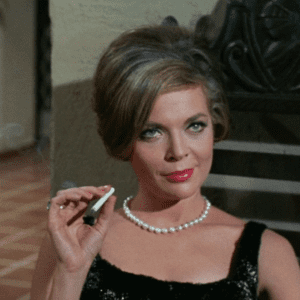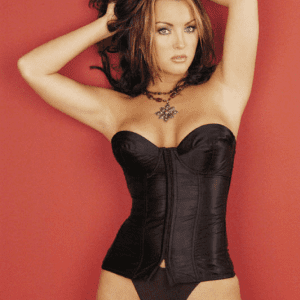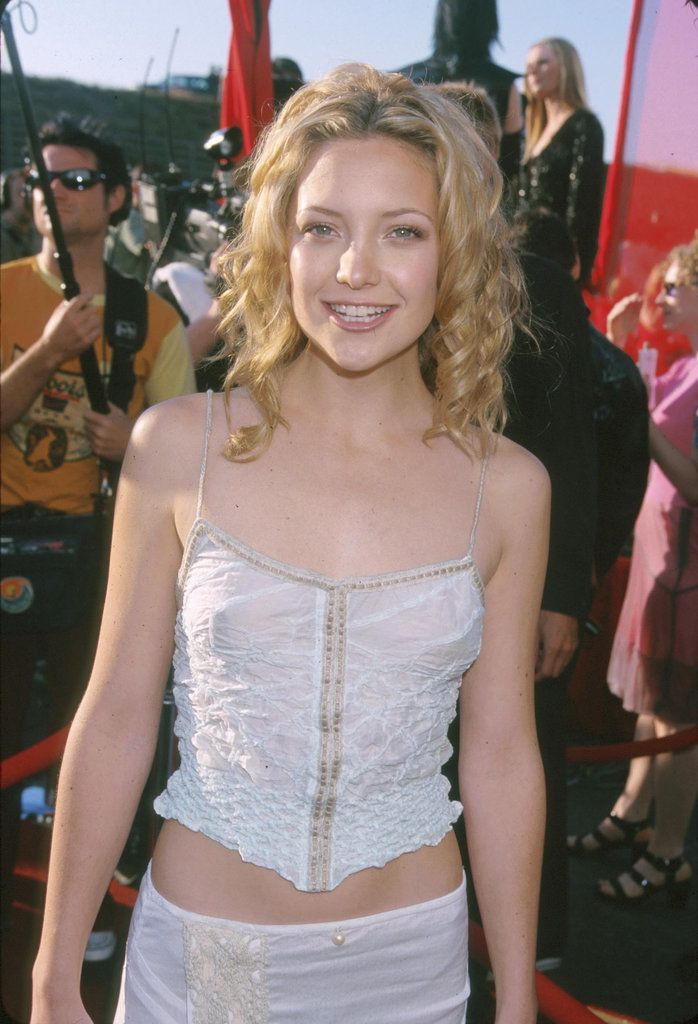
We assert that Kate Hudson’s portrayal of Penny Lane ranks among the definitive supporting turns of modern cinema. We undertake a scene-by-scene reading to demonstrate how micro-gestures, line delivery, and spatial blocking knit together into a character who dominates memory without dominating screen time. We show how this role became both launchpad and lodestar for Hudson’s subsequent choices.
Video: Almost Famous – Tiny Dancer
Scene One—The Entrance Strategy: How to Arrive Without Announcing
We begin with Penny’s first major appearance. We chart how the camera greets her: not with a trumpet blast but a shared secret. We notice a side-glance, a tie-up of hair, a fingertip touch to a doorway. We argue that Hudson uses entrance economy to build intrigue—no hurried exposition, just a presence that changes the room’s temperature. We underscore how that choice positions Penny as someone people orbit instinctively.
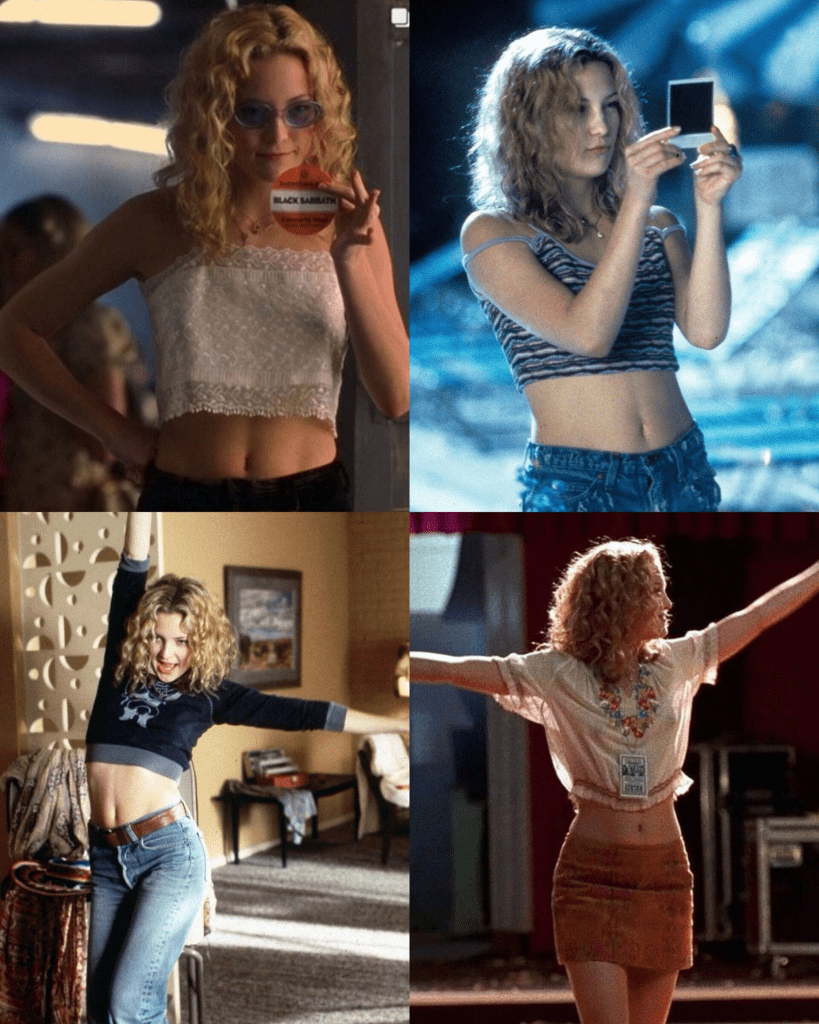
Scene Two—The Bus as Confessional: Building a Found Family
We move to the tour bus, the mobile living room where loyalties coagulate. We analyze the “Tiny Dancer” sequence as a group heartbeat resynchronizing. We point to Hudson’s timing—joining the singalong neither first nor last, but at the exact moment when permission is needed. We explain how that choice codes Penny as a subtle leader; she models vulnerability so others can follow.
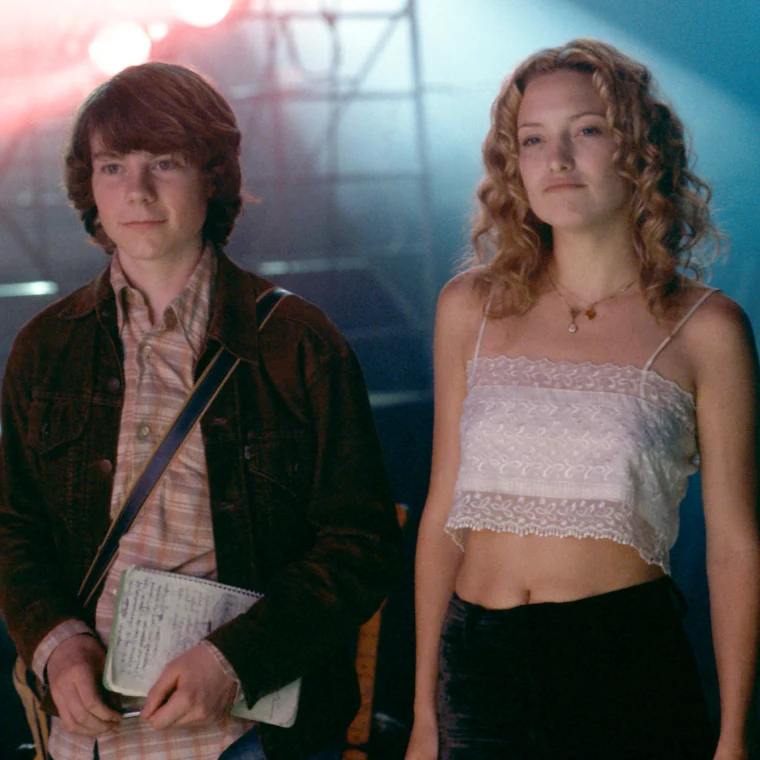
Scene Three—The Hotel Quiet: Stillness as Dialogue
We study the late-night conversations between Penny and William. We inventory the small behaviors—knees drawn in, chin tilted, eyes unwilling to let go. We argue that the restraint here is performance courage. We propose that the scenes work because Hudson treats silence as text; we read the pauses as memories Penny cannot afford to say out loud.
Video: Kate Hudson Rewatches How to Lose a Guy in 10 Days, Almost Famous, Bride Wars & More
Scene Four—The Party Mirage: Glitter Over Grit
We move through a party sequence built like a snow globe—beautiful, sealed, fragile. We examine how Penny glides through the room, receiving admiration like weather. We note the tell: a momentary blink too long, the body leaning into laughter that arrives half a beat late. We connect these details to the film’s thesis that adoration is a currency that eventually collects interest.
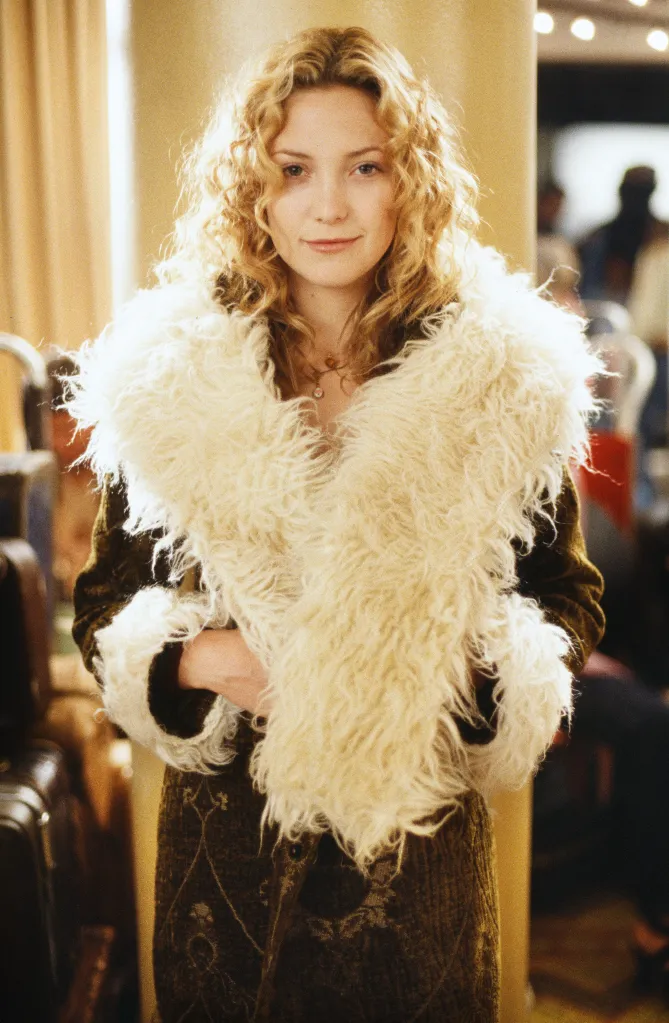
Scene Five—The Hard Turn: When the Dream Charges Its Fee
We confront the narrative pivot when admiration stops being harmless. We discuss how Hudson calibrates Penny’s brightness down without dimming her dignity. We see a coat pulled closer, a smile rationed, a kindness offered with cost. We assert that the performance resists melodrama; instead, it chooses recognition—the look we trade when we realize we have stayed a little too long at the party.

Craft Analysis: The Tools Behind the Magic
We break down the craft elements that scaffold Penny Lane:
- Diction and tempo: We chart shifts from playful rhythm to measured clarity when boundaries are set.
- Eye lines: We trace how Penny often sight-lines past the person speaking, as if measuring the space their ego needs to occupy.
- Object work: We watch her handle that famous coat, sunglasses, tickets; each becomes a partner in dialogue, not decoration.
- Blocking with bands: We map how Penny stands slightly outside the musician cluster—close enough to belong, far enough to stay herself.

Soundtrack Integration: Music as Emotional Cartography
We analyze how the soundtrack functions as Penny’s unspoken diary. We correlate specific cues with emotional states: reunion, reprieve, regret. We argue that the choice to resolve conflicts through shared singing—rather than speeches—mirrors the film’s faith in community. We emphasize that the songs act as bridges, letting characters cross to each other when words fail.
Video: Kate Hudson Performs a Doo-Wop Version of Ariana Grande’s “7 Rings”
Historical Texture: What the 1970s Adds to the Role
We position Penny within the cultural thicket of the early 1970s—post-’60s idealism, pre-’80s pragmatism. We unpack how the film treats the “Band-Aid” identity not as cliché but as cultural labor: taste-making, hospitality, emotional management. We assert that Hudson’s empathy foregrounds those contributions, challenging audiences to see women not as footnotes to rock mythology but as curators of its mood and memory.

Awards and Enduring Reputation
We note that critical recognition followed quickly—Hudson’s Golden Globe win and Academy Award nomination signaled a performance built to last. We connect that acclaim to the character’s second life online, where quotes, costumes, and GIFs keep Penny in circulation. We observe that younger viewers often encounter the role first as aesthetic—the coat, the eyeliner—then stay for the ache underneath. That two-step discovery fuels the character’s longevity.
Comparative Performance Lens: What Sets This Apart
We compare Penny Lane to other luminous, scene-stealing roles across decades. We make the case that Hudson’s work stands out because it balances generosity and clarity: she gives other characters room to bloom yet keeps the audience’s hand firmly in hers. We identify a rare blend of romantic allure and moral intelligence; Penny can be the room’s star and its conscience, sometimes in the same beat.
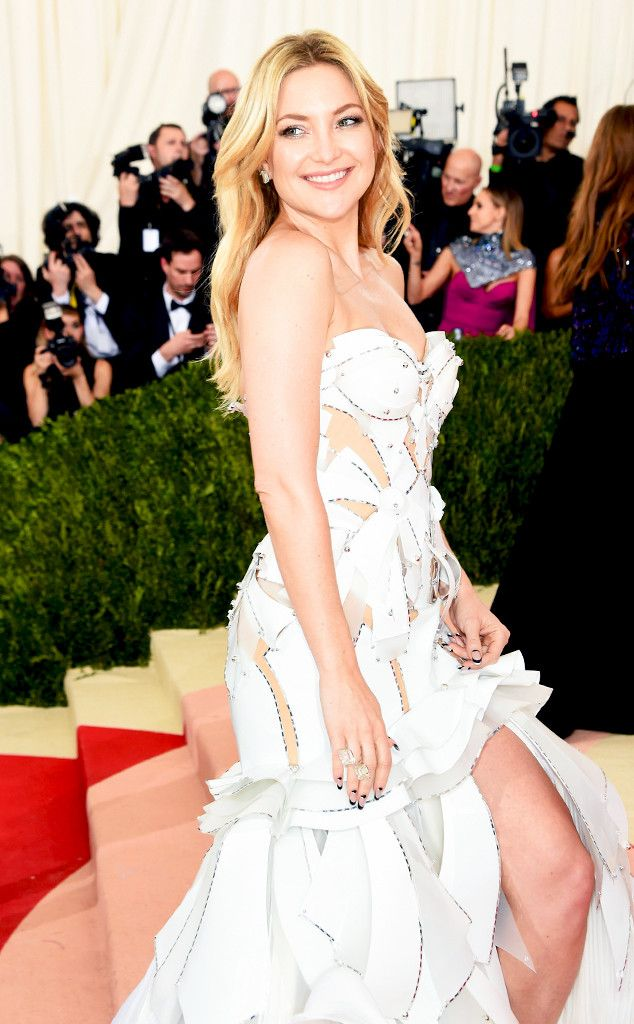
What Creators Can Borrow Today
We extract pragmatic takeaways for modern storytellers:
- Design entrances with intent: We recommend crafting first shots that imply history rather than dumping it.
- Let props carry subtext: We advise staging with objects that performers can “listen” to and “speak” through.
- Score the interior life: We encourage pairing character beats with music that articulates what cannot be said.
- Keep contradictions intact: We caution against resolving a character’s complexity too soon; audiences engage longer when a person stays slightly unreadable.

Why We Keep Rewatching
We propose that the film functions like a favorite record: the hooks draw us back, but the hidden tracks keep us. Each viewing reveals a new Penny moment—an almost-sigh, a half-shrug, a saved seat, a rescinded smile. We argue that this density of lived-in detail is the hallmark of performances that teach us how to look again. We return to Penny because she returns the favor; she watches us age with the movie and finds new ways to meet us there.
We conclude that Kate Hudson’s Penny Lane remains a masterclass in embodied storytelling. We see a role that refuses to flatten into anecdote; instead, it expands, scene by scene, into a study of longing, loyalty, and self-possession. We maintain that “Almost Famous” would still be a strong film without Penny, but with her, it becomes a ritual—something we gather around to remember who we wanted to be when the lights first went up. We keep the record spinning, and in the soft light between verses, we realize the character has taught us how to listen to each other more closely.
